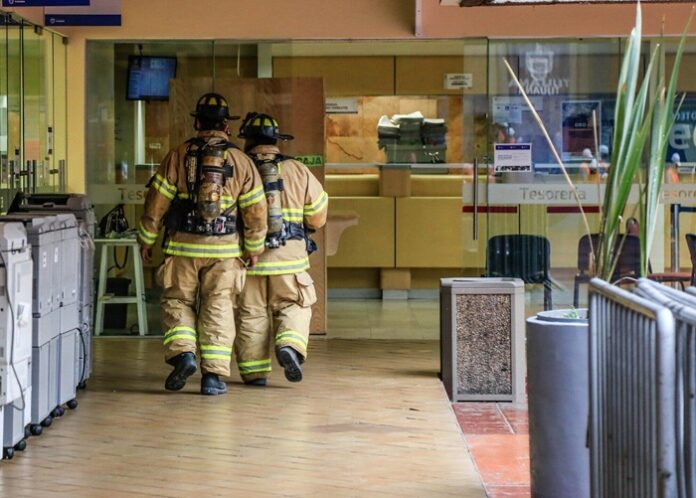Fire safety depends on picking the right webbing material. These instructions will help you understand the main points.
Different types of webbing have different levels of durability and heat resistance, which can have a big effect on safety. Our discussion will include different choices and how they can be used in fire safety equipment.
For smart choices, know the features of webbing material considerations. Find out how to upgrade your safety by picking the right webbing for your needs.
Using the right webbing material will help you stay informed and ready. Continue reading.
Understanding Webbing Materials
Different kinds of materials can be used for webbing. People often use nylon and polyester because they are strong and last a long time, but when they come into contact with fire, they react very differently. To make an informed decision, you need to know what the material is made of and how it reacts to heat.
Importance of Fire Resistance
Fire-resistant webbing characteristics are super important to keep people safe in dangerous places. It’s made to handle really hot temperatures without falling apart, which means it’s more trustworthy. If you pick webbing that can stand up to fire, you’re way less likely to have accidents or get hurt if something bad happens.
Kevlar®: A Superior Choice
Kevlar® is a top choice for making things that don’t catch fire easily, like safety belts. It’s really strong for how light it is and can handle heat up to 800°F. This makes it perfect for situations where staying safe from fire is super important.
Nomex®: Another Option
When it comes to heat, chemicals, and radiation, Nomex® is very good, just like Kevlar®. The fire resistance is about the same as Kevlar®, so it can be used in many places where Kevlar® isn’t wanted because it’s not as strong.
Testing Standards and Certifications
It is very important to know the rules and approvals that are used to test and rate how well fire retardant webbing works. These standards make sure that the webbing material meets performance and safety standards. They also give you a way to tell how good and reliable the material is.
Application-Specific Considerations
Webbing is a strong fabric used in various items like safety gear. It needs to do more than just resist fire. For example, personal protective equipment should be comfy and flexible. But in places like factories, it needs to be tough against wear and tear and able to support heavy loads.
Environmental Factors
When picking webbing material, think about where it’ll be used. For example, webbing that’s fire retardant might not work as well or last as long if it’s in the sun a lot, around chemicals, or in really tough weather. This means you need to choose the right material based on these conditions.
Making the Right Choice in Webbing Material
Pick the right webbing material for the job to make sure there is no fire risk. Kevlar® and Nomex® webbing are different from other materials because they don’t catch fire.
Think about the needs of your application, the conditions, and the safety standards of the webbing. These things need to be carefully thought through to make an informed decision that improves performance and safety. In the end, the material used for webbing can have a big effect on fire safety gear.
Did you like this guide? Great! Please browse our website for more!





